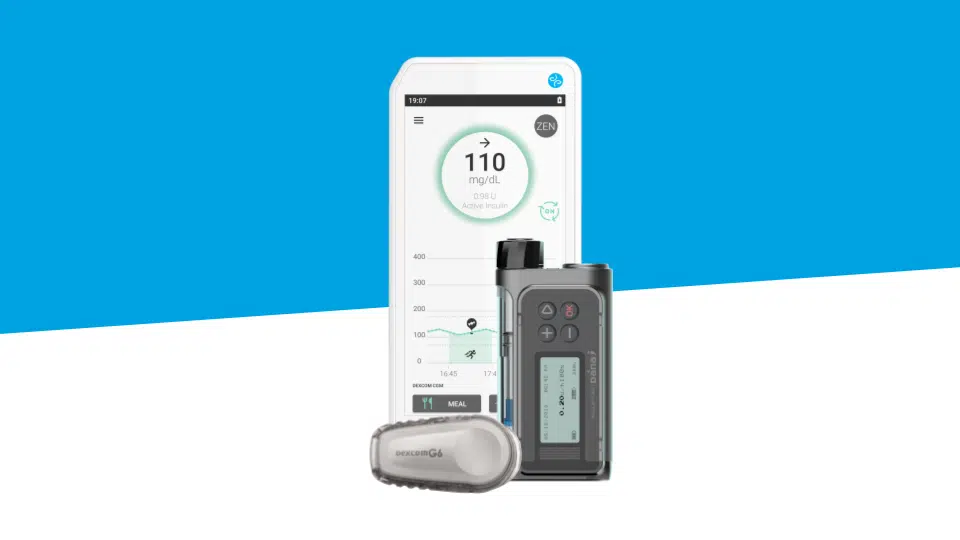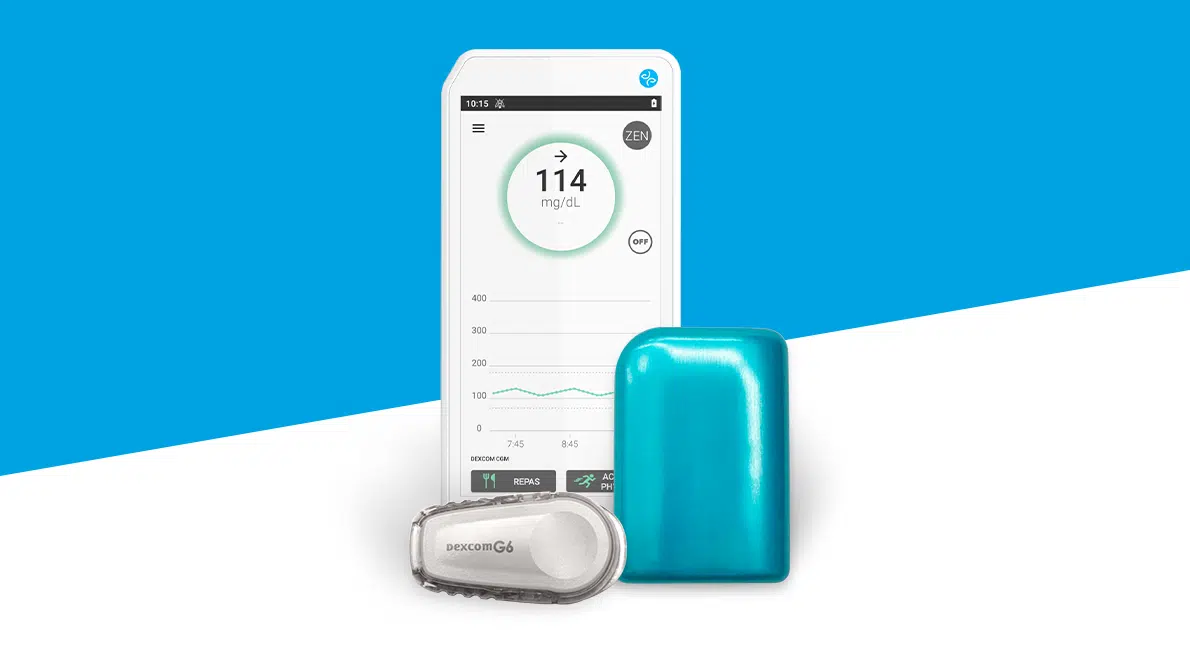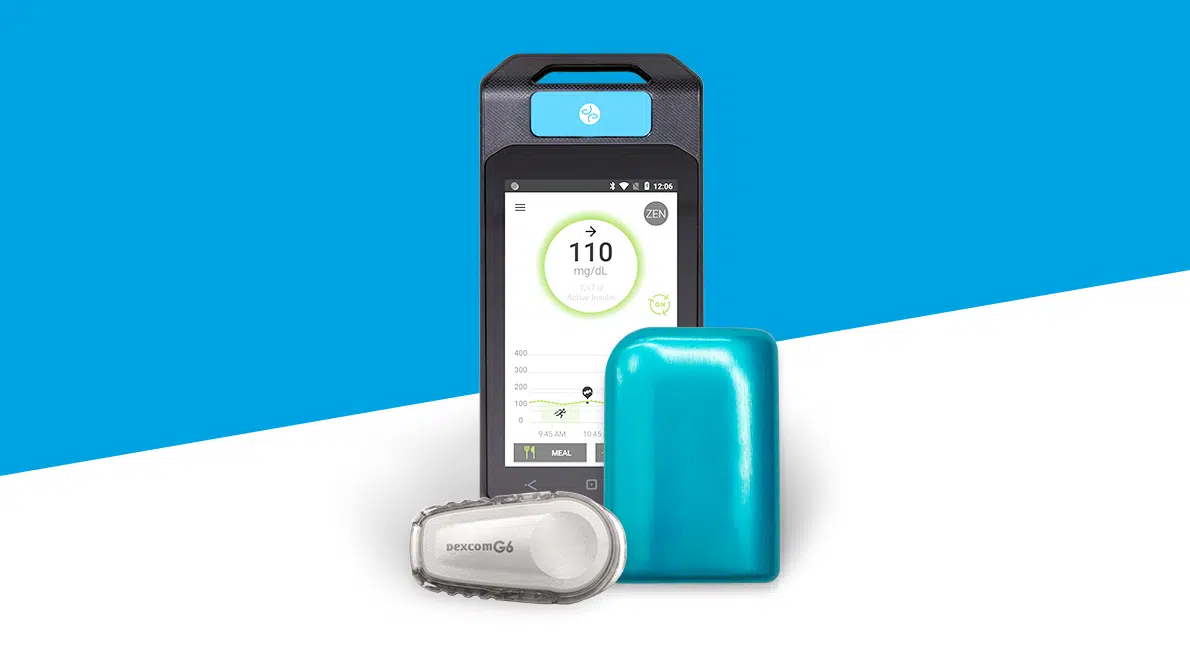Insulin-dependent diabetes
Type 1 diabetes is insulin-dependent diabetes (IDD), and is often diagnosed in children, adolescents and young adults. IDD is caused by the destruction of the beta cells of the pancreas which are responsible for secreting insulin to ensure glycemic control.
What actually happens? The food we eat is converted into glucose to provide energy for our body. The sugar level in the blood then increases, which is then detected by the pancreas. To stabilize blood glucose levels, the pancreas activates the beta cells in the islets of Langerhans, causing them to secrete insulin. Because of this activity, glucose enters the cells and muscles of our body, which use the glucose as fuel. As a result, our blood sugar levels decrease.
In people with Type 1 diabetes, the beta cells of the islets of Langerhans are destroyed and do not produce insulin. The result: glucose does not enter the cells, muscles or liver (where it is normally stored) and instead, it remains in the blood. The level of sugar in the blood becomes abnormally high. Because the pancreas itself no longer produces insulin, it is necessary to help the pancreas by injecting insulin into the body.
NB : Some people living with Type 2 diabetes may need insulin when the chronic disease evolves and pancreas no longer produces enough insulin.



